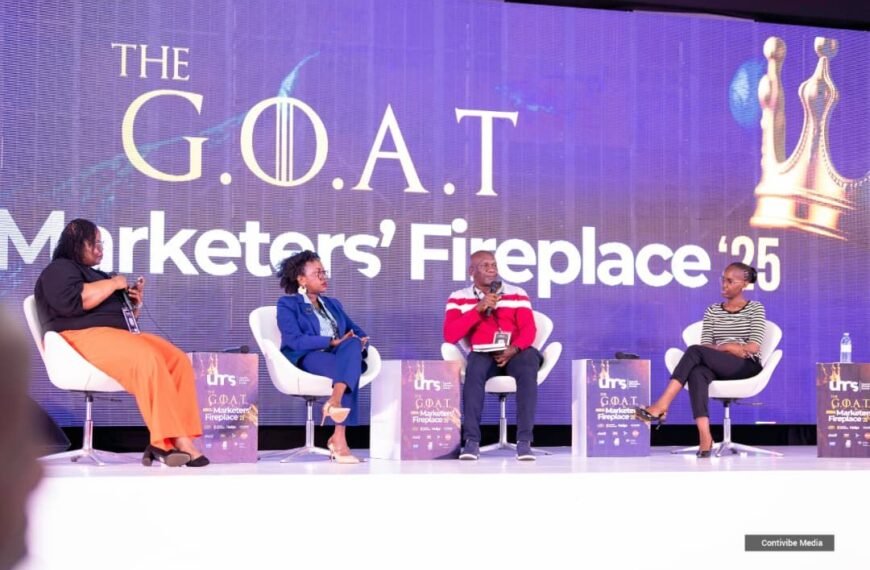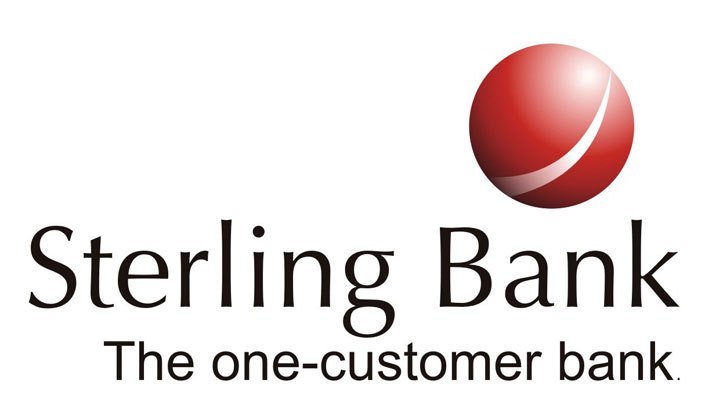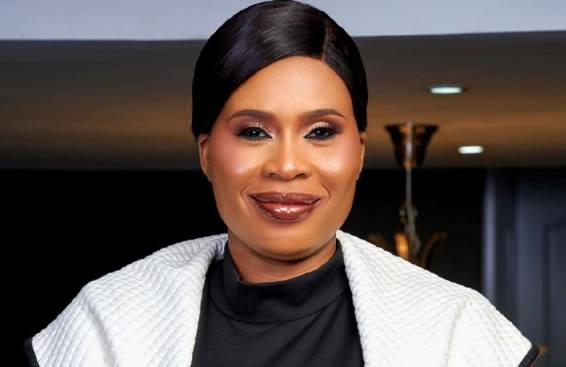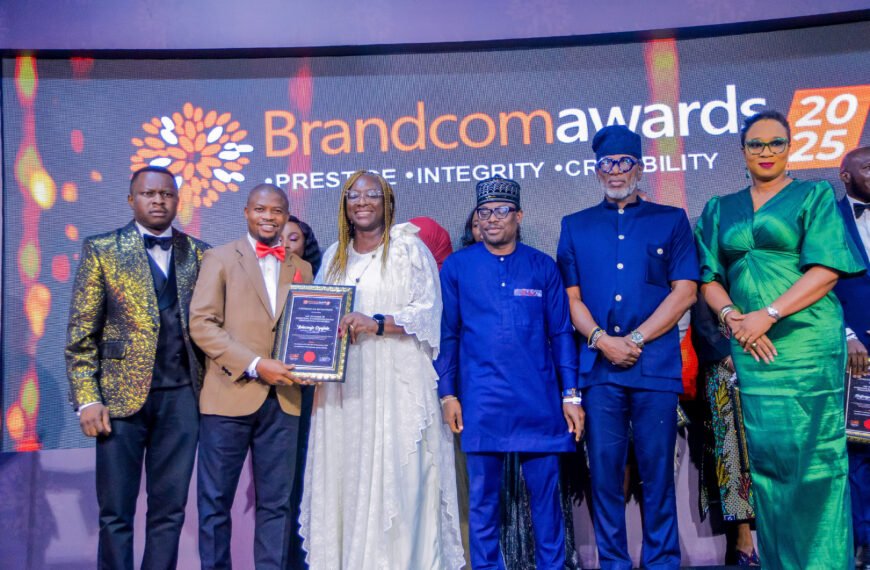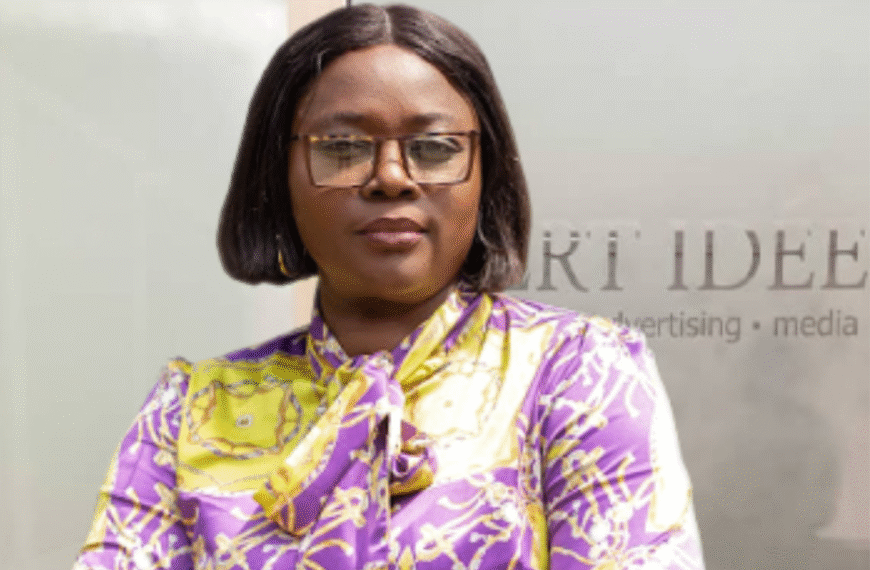Musa Kalenga
A recent study by the Institute of Practitioners in Advertising (IPA) and marketing expert Peter Field reveals a stark reality: campaigns driving long-term business growth have plummeted by nearly 50% over the past decade. Despite rebounding budgets and proliferating channels, marketing’s business impact is waning, sounding alarm bells for C-suite leaders.
The Erosion of Marketing’s Influence
Marketing faces intense scrutiny from finance, procurement, and impatient boards. Even seasoned Chief Marketing Officers (CMOs) struggle to prove consistent, measurable outcomes, risking marketing’s strategic relevance. The core issue? An overemphasis on short-term metrics—clicks, conversions, and cost per acquisition—at the expense of long-term brand building. Peter Field’s data advocates a 60:40 balance favoring emotional brand storytelling over rational sales triggers to maximize effectiveness. Yet, many marketers chase fleeting metrics, neglecting customer equity.
This isn’t just a marketing problem—it’s a business problem. In a volatile economy, effectiveness is a necessity, amplifying growth and validating marketing’s role. Failure to deliver relegates marketing to mere overhead.
Data: From Overload to Insight
To reverse this decline, CMOs must rethink data’s role, moving beyond reporting to drive insights and decisions. The DIKW Pyramid—data, information, knowledge, wisdom—offers a framework. While organizations drown in data, only structured, contextualized analysis yields value. A Salesforce report highlights that 78% of high-performing marketing teams leverage unified customer data, compared to 23% of underperformers.
CMOs must ask:
Are we truly measuring success beyond vanity metrics? Can we clearly isolate the incremental impact of our marketing efforts? And perhaps most importantly, are we learning fast enough to get better with every campaign?
Too often, teams become fixated on dashboards, tracking what’s convenient rather than what truly drives growth. The metrics that matter—like mental availability, customer lifetime value, and share of search—demand more than surface-level reporting. They require deep cross-functional alignment and a culture built on data literacy.
In this landscape, today’s CMO must be more than just a creative storyteller. They must skillfully blend analytical rigor with creativity, grounding instinct and big ideas in solid evidence. This balance is what transforms data into meaningful insights and strategy into real, measurable impact.
Building a Learning Culture
There’s no silver bullet—no AI platform or magic metric solves this. As Forrester notes, effectiveness is a mindset, not a project. AI can optimize targeting and generate content but cannot replace strategic direction or contextual nuance. The World Federation of Advertisers emphasizes investing in learning systems for complex environments.
Leading companies like Unilever, with its People Data Centres, and Adobe, running thousands of annual experiments, treat effectiveness as a process. A culture of testing, documenting, and iterating—embracing affordable failure—drives success. As AI commoditizes content, brands must differentiate through deeper insights and faster learning.
READ ALSO:MARKETINGWORLD’SCMO OF THE WEEK: CHERRY EROMOSELE OF INTERSWITCH GROUP
The CMO’s Leadership Imperative
Marketing effectiveness isn’t just a metric to be tracked — it is fundamentally a leadership responsibility that connects the bold ambitions of a brand with the practical demands of the business. For today’s CMOs, this means stepping beyond routine campaign management to become stewards of long-term value.
To do so, they must start by rebalancing investments, giving more weight to sustained brand building rather than focusing solely on short-term gains. Just as critical is cultivating teams that are fluent in data, ensuring that insights — not assumptions — guide strategy.
An environment that encourages experimentation and continuous learning is equally essential, empowering teams to adapt and innovate rather than settle into rigid routines. And to keep everyone moving in the same direction, CMOs must align diverse stakeholders around KPIs that are meaningfully linked to business outcomes, rather than vanity metrics.
Editor Note: Musa Kalenga is a technologist, marketer, brand communicator, entrepreneur and author of Ladders and Trampolines. He is the Group CEO and shareholder of Brave Group and co-founder of Bridge Labs.

